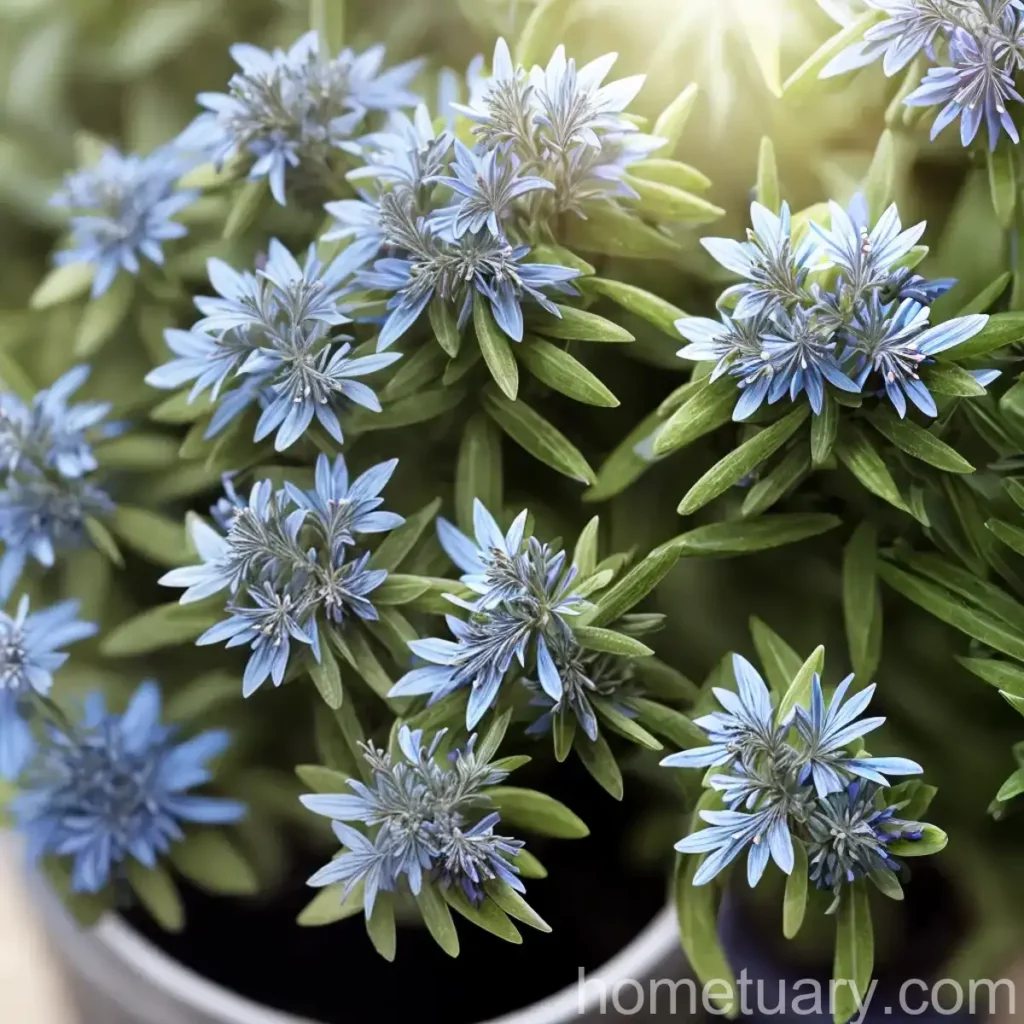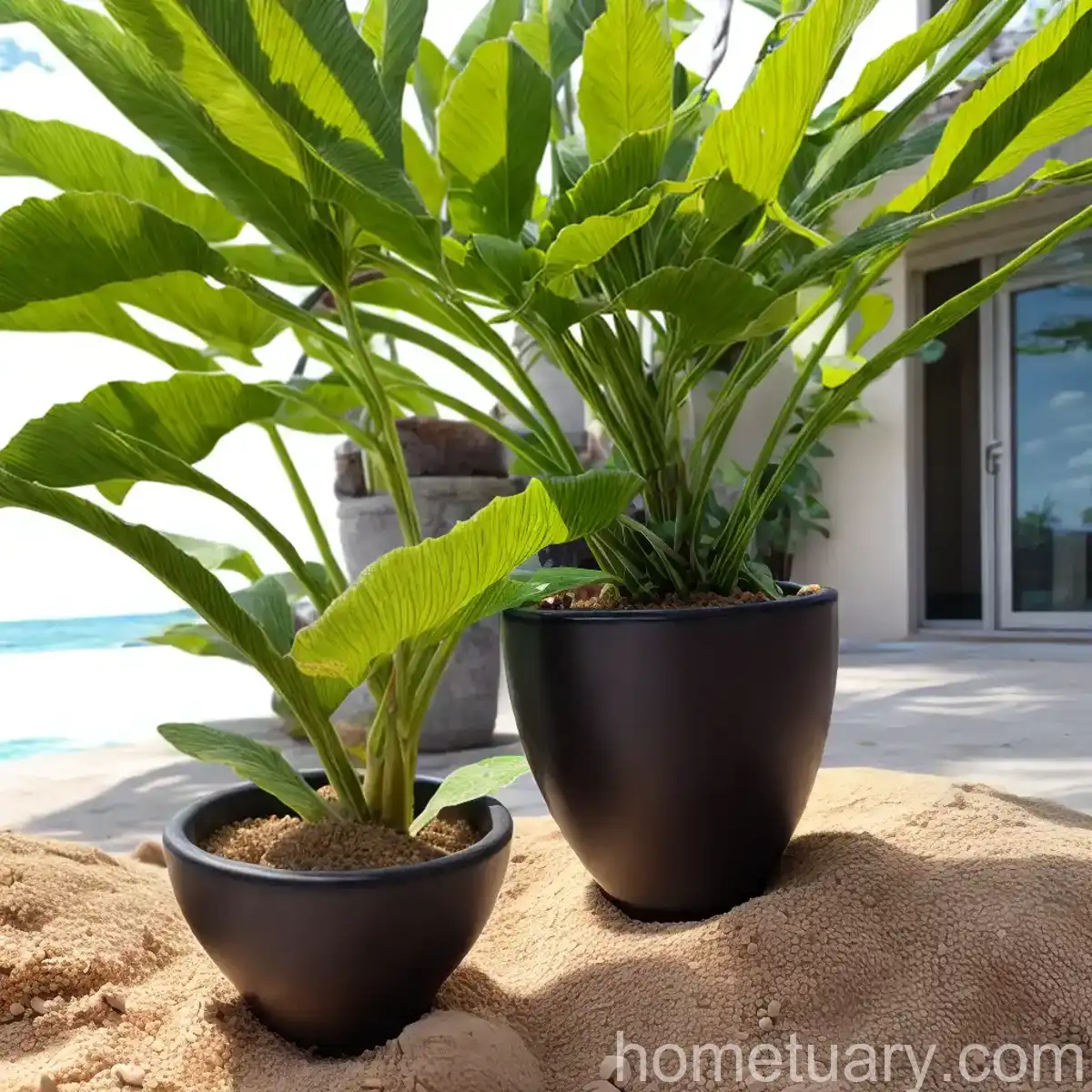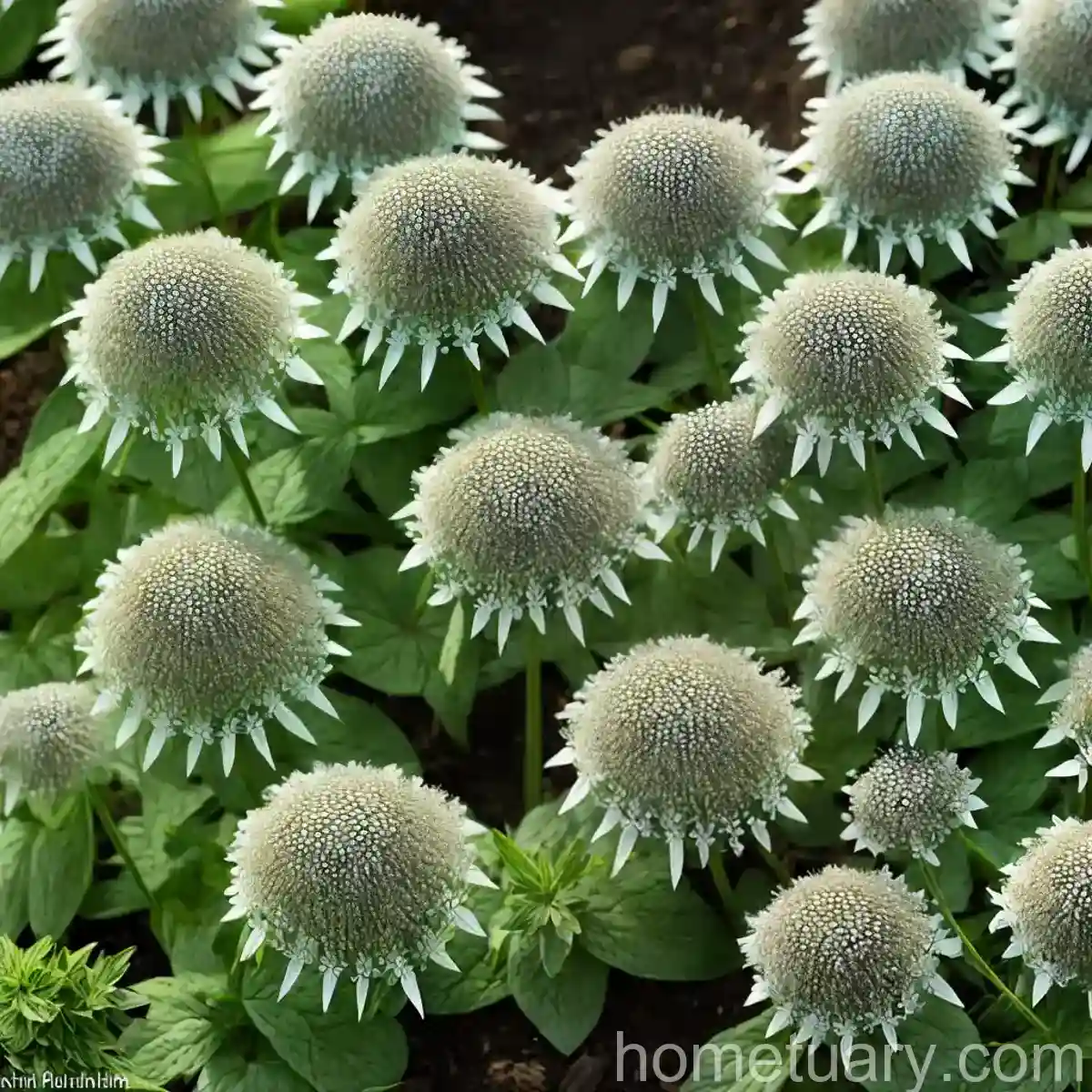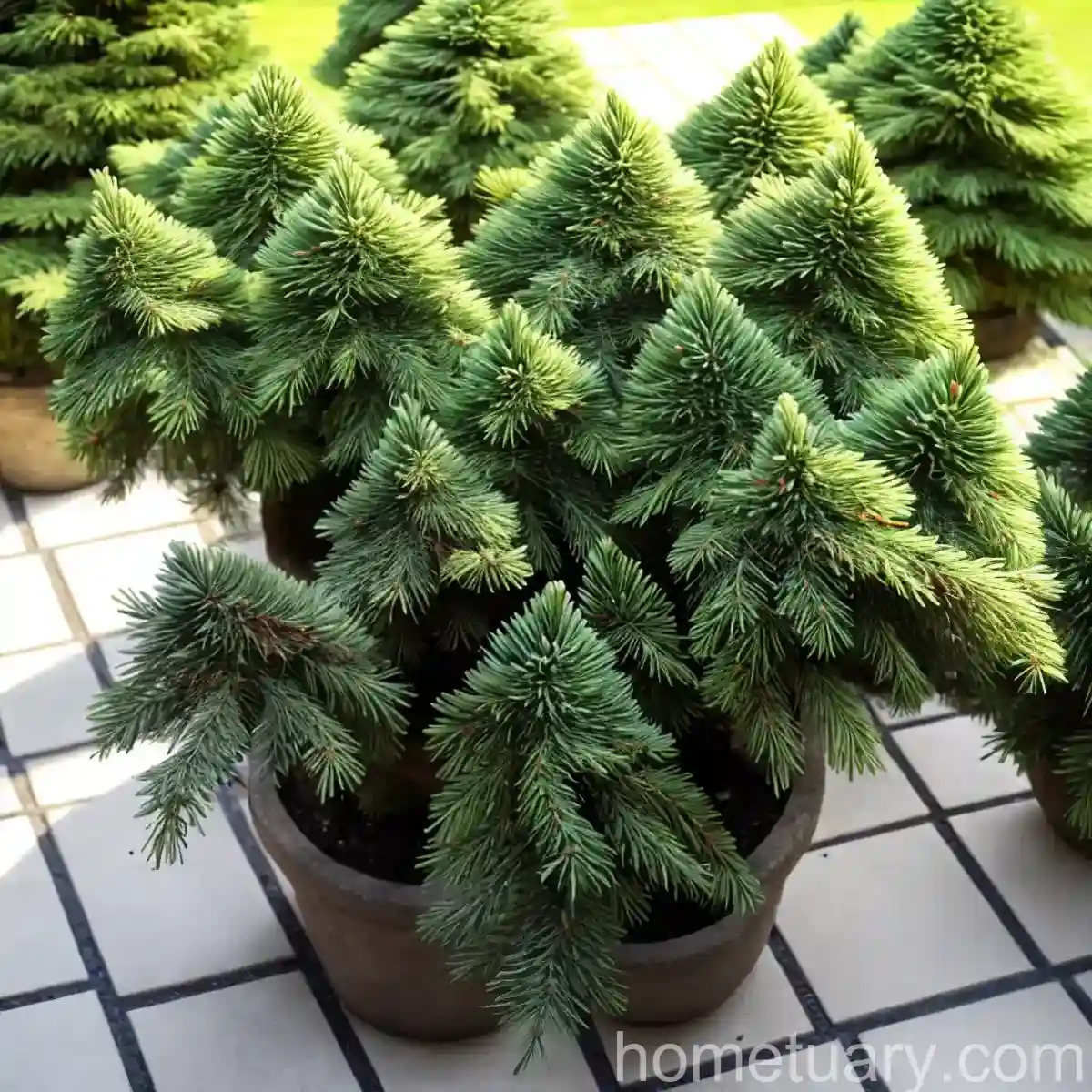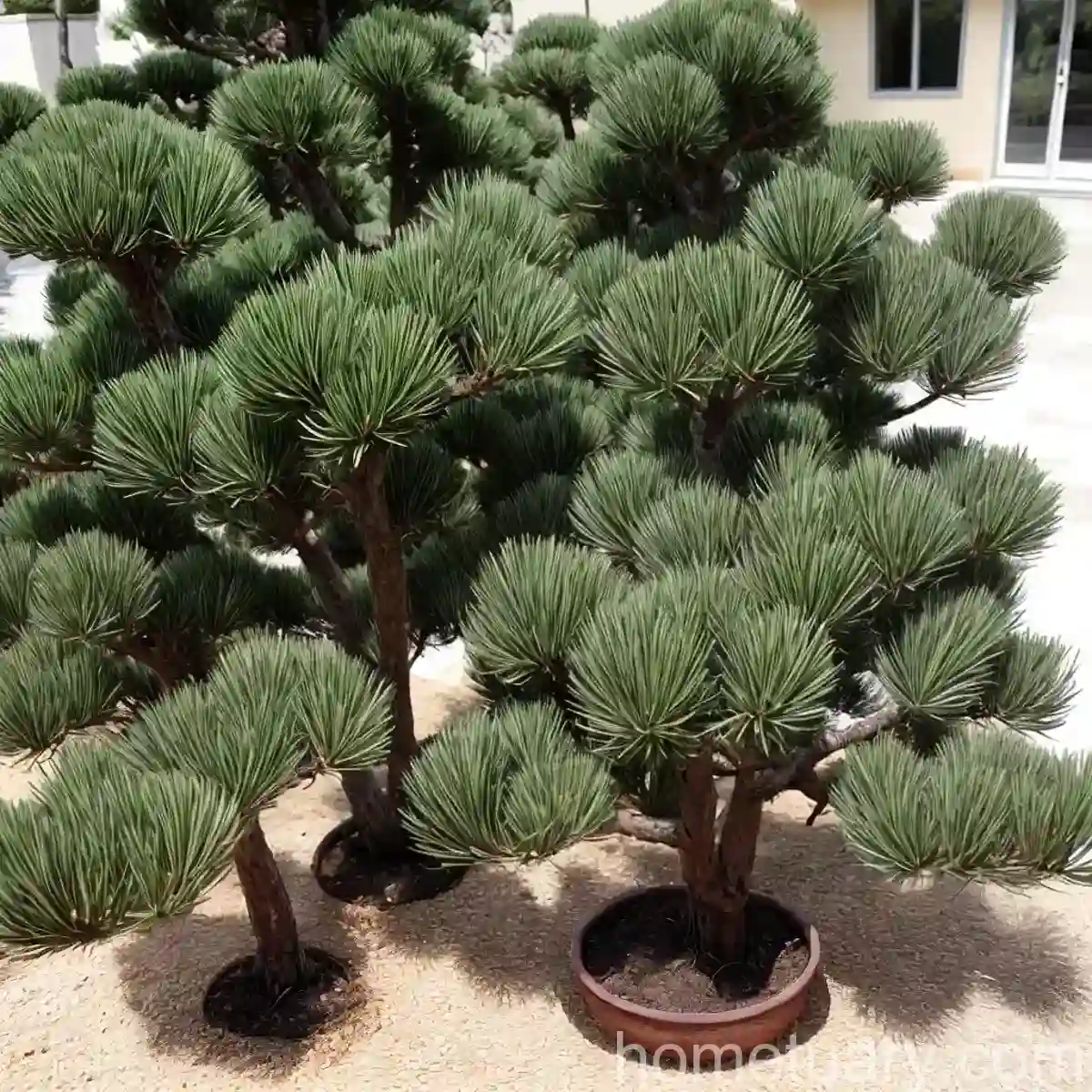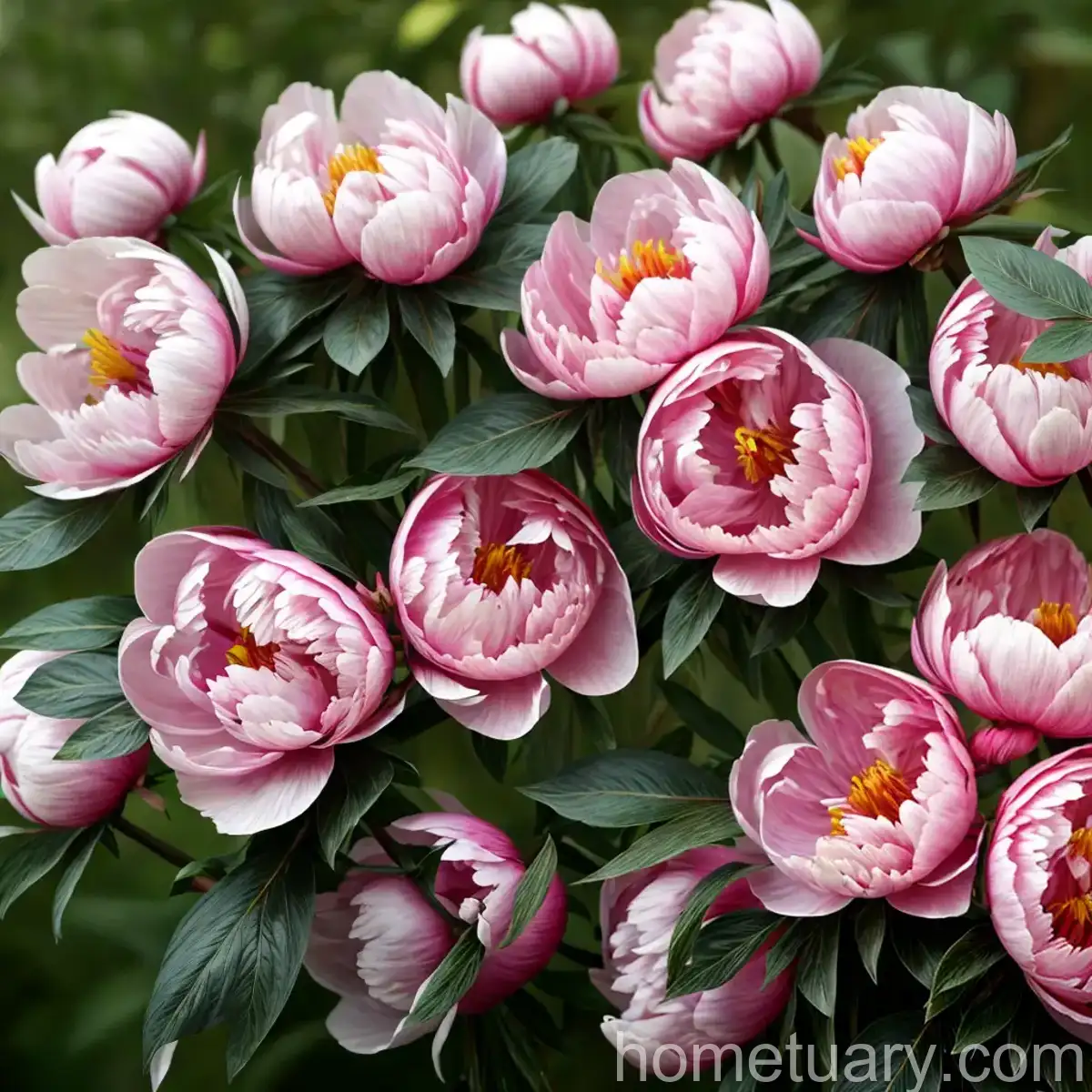The Olive-Leaved Gromwell (Lithodora oleifolia)
The Olive-Leaved Gromwell, scientifically known as Lithodora oleifolia, is a charming and versatile plant that has been cherished by gardeners for centuries. This species belongs to the family Boraginaceae and is native to the Mediterranean region, where it thrives in the rocky, arid terrain. Renowned for its attractive foliage and brilliant blue flowers, the Olive-Leaved Gromwell is a popular choice for landscaping, container gardening, and ground cover.
In this comprehensive guide, we will delve into the various aspects of the Olive-Leaved Gromwell, including its cultural requirements, uses, propagation, common diseases, and much more. Whether you are a seasoned horticulturist, an enthusiastic gardener, or simply a nature lover, this article aims to provide you with valuable insights into the world of Lithodora oleifolia.
What is the Olive-Leaved Gromwell (Lithodora oleifolia)?
The Olive-Leaved Gromwell, also known by its botanical name Lithodora oleifolia, is a perennial plant characterized by its elongated leaves and striking blue flowers. This species is native to the Mediterranean region and is often found in dry, rocky habitats. The plant typically forms low mounds of foliage and produces an abundance of vibrant blossoms during the flowering season, adding a splash of color to its surroundings.
Key Takeaways
- Scientific Name: Lithodora oleifolia
- Family: Boraginaceae
- Common Name: Olive-Leaved Gromwell
- Native Region: Mediterranean
- Growth Habit: Low mounding
- Flower Color: Brilliant blue
- Foliage: Elongated, olive-green leaves
- Uses: Landscaping, ground cover, container gardening
Now that we have acquainted ourselves with the fundamental characteristics of the Olive-Leaved Gromwell, let us explore the various facets of this captivating plant in more detail.
Culture
Water
Lithodora oleifolia is well-adapted to thrive in dry, arid conditions, making it an excellent choice for water-wise gardening. While the plant exhibits a degree of drought tolerance, it is essential to provide adequate moisture, especially during the establishment phase and prolonged periods of dry weather. When watering the Olive-Leaved Gromwell, it is crucial to allow the soil to dry out partially between waterings to prevent waterlogged conditions, which can be detrimental to the plant’s health.
Sunlight
In its natural habitat, the Olive-Leaved Gromwell is accustomed to ample sunlight and thrives in full sun to partial shade. When cultivated in a garden or landscape setting, it is advisable to place Lithodora oleifolia in a location that receives at least 6 hours of direct sunlight per day. However, the plant can also tolerate some degree of shade, particularly in regions with intense summer heat, where partial shade may offer protection from the scorching sun.
Fertilizer
The Olive-Leaved Gromwell generally requires minimal fertilization, as excessive nutrients can lead to excessive foliage growth at the expense of flower production. A balanced, low-potency fertilizer applied in the early spring, as the plant enters its active growth phase, can help support healthy foliage and flowering. It is essential to adhere to the recommended application rates to prevent over-fertilization, which can have adverse effects on the plant’s overall vigor and blooming capacity.
Soil
Lithodora oleifolia thrives in well-draining, sandy or loamy soil that mimics the porous, rocky substrates of its native habitat. The plant is sensitive to waterlogged conditions, so it is crucial to ensure that the soil provides efficient drainage to prevent excess moisture around the root system. Incorporating organic matter, such as compost or peat moss, into the soil can improve its structure and water retention capacity, promoting optimal growth and vitality in the Olive-Leaved Gromwell.
Pruning
Pruning is an essential aspect of maintaining the health and appearance of the Olive-Leaved Gromwell. Regular pruning helps to remove spent flowers, control the plant’s shape, and encourage bushier growth. Following the peak flowering period, it is advisable to deadhead the faded blossoms to promote continuous blooming and prevent the formation of seeds, which can divert the plant’s energy away from flower production. Additionally, light pruning can be performed to shape the plant and remove any dead or damaged foliage, contributing to a neat and tidy appearance.
Propagation
Seed Propagation
The propagation of Lithodora oleifolia can be achieved through seed sowing, providing an economical and straightforward method of expanding the plant’s population. To propagate the Olive-Leaved Gromwell from seeds, it is recommended to sow the seeds in a well-draining potting mix in the early spring. The seeds should be lightly covered with a thin layer of soil and kept consistently moist until germination occurs, typically within 2-4 weeks. Once the seedlings have developed sufficient growth, they can be transplanted into individual containers or directly into the garden, where they will continue to mature and flourish.
Division
Division is another viable method of propagating the Olive-Leaved Gromwell, particularly for established plants that have developed multiple crowns or clumps. This process involves carefully separating the plant into smaller sections, each containing a portion of the root system and foliage. The divided segments can then be replanted in suitable locations, where they will establish themselves and thrive as independent specimens. Division is an effective way to rejuvenate older plants, expand the garden’s Lithodora oleifolia population, and promote overall plant health.
Container Popularity
The Olive-Leaved Gromwell is widely favored for cultivation in containers, where its compact growth habit and charming flowers make it an attractive and versatile choice for patios, balconies, and small outdoor spaces. When grown in containers, Lithodora oleifolia can be showcased as a standalone specimen or combined with other complementary plants to create visually captivating arrangements. The plant’s adaptability to container culture, coupled with its vibrant floral display, contributes to its enduring popularity among container gardeners and landscaping enthusiasts.
Common Diseases
While the Olive-Leaved Gromwell is generally resilient and resistant to most diseases, certain environmental conditions and cultural practices can predispose the plant to specific issues. Understanding the common diseases that may affect Lithodora oleifolia is crucial for implementing preventive measures and maintaining the plant’s health and vigor.
Disease Diagnosis
Root Rot
Root rot, caused by fungal pathogens such as Phytophthora, is a potential concern for the Olive-Leaved Gromwell, especially in poorly drained or excessively moist soil. Symptoms of root rot may include yellowing or wilting foliage, stunted growth, and decay or discoloration of the root system. To diagnose root rot in Lithodora oleifolia, carefully inspect the root zone for signs of decay and assess the soil drainage and moisture levels. Implementing measures to improve soil drainage and avoiding overwatering can help mitigate the risk of root rot and promote a healthy growing environment for the plant.
Powdery Mildew
Powdery mildew, a common fungal disease, can affect the foliage of the Olive-Leaved Gromwell, resulting in the development of powdery white patches on the leaves. This fungal infection is favored by humid conditions and poor air circulation, which create an environment conducive to its spread. Diagnosing powdery mildew in Lithodora oleifolia involves observing the characteristic powdery white growth on the foliage and monitoring the plant for signs of wilting or reduced vigor. To address powdery mildew, improving air circulation around the plant, maintaining proper spacing, and applying fungicidal treatments when necessary can help manage and prevent the spread of this fungal disease.
Common Pests
While the Olive-Leaved Gromwell is relatively resistant to pest infestations, certain insects may pose a threat to the plant’s well-being. Familiarizing oneself with the common pests that may affect Lithodora oleifolia is essential for implementing effective pest management strategies and safeguarding the plant from potential damage.
Botanist’s Tips
-
Optimal Sun Exposure: Provide the Olive-Leaved Gromwell with ample sunlight to promote robust growth and prolific flowering. While the plant can tolerate some degree of shade, it thrives in full sun to partial shade conditions, especially in regions with moderate to cool climates.
-
Well-Draining Soil: Ensure that the soil in which Lithodora oleifolia is planted offers effective drainage to prevent waterlogging and maintain a healthy root environment. Incorporating organic matter and perlite into the soil mix can enhance its drainage and aeration properties, creating an optimal growing medium for the plant.
-
Pruning for Vigorous Growth: Regular pruning, including the removal of spent flowers and light shaping, can help stimulate bushier growth and promote continuous blooming in the Olive-Leaved Gromwell. Additionally, pruning allows for the removal of dead or damaged foliage, contributing to the plant’s overall health and aesthetic appeal.
Fun Facts
-
The brilliant blue flowers of Lithodora oleifolia are a magnet for pollinators, including bees and butterflies, making the plant a valuable addition to pollinator-friendly gardens and landscapes.
-
The name “Lithodora” is derived from the Greek words “lithos,” meaning stone, and “doron,” meaning gift, alluding to the plant’s natural affinity for rocky environments.
-
While the species name “oleifolia” refers to the olive-like appearance of the plant’s leaves, which are characterized by their elongated shape and rich green coloration.
Links to External Resources
For further information on the Olive-Leaved Gromwell (Lithodora oleifolia) and related topics, refer to the following external resources:
- Royal Horticultural Society – Lithodora oleifolia
- Missouri Botanical Garden – Lithodora oleifolia
- University of Florida IFAS Extension – Boraginaceae Family
In conclusion, the Olive-Leaved Gromwell (Lithodora oleifolia) stands as a remarkable plant with myriad attributes that make it a desirable choice for gardeners and landscapers alike. From its enduring beauty and adaptability to its resilience and practical uses, this species continues to captivate the hearts of plant enthusiasts across diverse gardening contexts. By embracing the insights presented in this guide, you are empowered to cultivate, appreciate, and celebrate the splendor of the Olive-Leaved Gromwell in your own botanical endeavors.
Nurture the beauty of Lithodora oleifolia, and may it flourish in your gardens and evoke admiration in every season.
Keywords: Lithodora oleifolia plant, Olive-leaved gromwell benefits, Growing Lithodora oleifolia, Lithodora oleifolia uses, Olive-leaved gromwell care, Lithodora oleifolia characteristics, Olive-leaved gromwell cultivation, Lithodora oleifolia planting tips, Olive-leaved gromwell varieties, Lithodora oleifolia landscaping ideas, Olive-leaved gromwell propagation, Lithodora oleifolia medicinal properties, Olive-leaved gromwell herbal uses, Lithodora oleifolia flowering season, Olive-leaved gromwell gardening tips, Lithodora oleifolia soil requirements, Olive-leaved gromwell maintenance, Lithodora oleifolia water needs, Olive-leaved gromwell pest control, Lithodora oleifolia pruning techniques, Olive-leaved gromwell companion plants, Lithodora oleifolia sun exposure, Olive-leaved gromwell hardiness zone, Lithodora oleifolia climate requirements, Olive-leaved gromwell landscaping inspiration, Lithodora oleifolia growth habits, Olive-leaved gromwell container gardening, Lithodora oleifolia ground cover, Olive-leaved gromwell plant family, Lithodora oleifolia pollination methods, Olive-leaved gromwell foliage color, Lithodora oleifolia wildlife attraction, Olive-leaved gromwell drought tolerance, Lithodora oleifolia winter care, Olive-leaved gromwell seasonal changes, Lithodora oleifolia herbal remedies, Olive-leaved gromwell seed germination, Lithodora oleifolia leaf shape, Olive-leaved gromwell garden design ideas, Lithodora oleifolia soil amendments, Olive-leaved gromwell container plantings, Lithodora oleifolia pruning guidelines, Olive-leaved gromwell plant care schedule, Lithodora oleifolia natural habitat, Olive-leaved gromwell landscaping uses, Lithodora oleifolia foliage texture, Olive-leaved gromwell propagation methods, Lithodora oleifolia leaf arrangement, Olive-leaved gromwell water conservation, Lithodora oleifolia plant selection tips.

